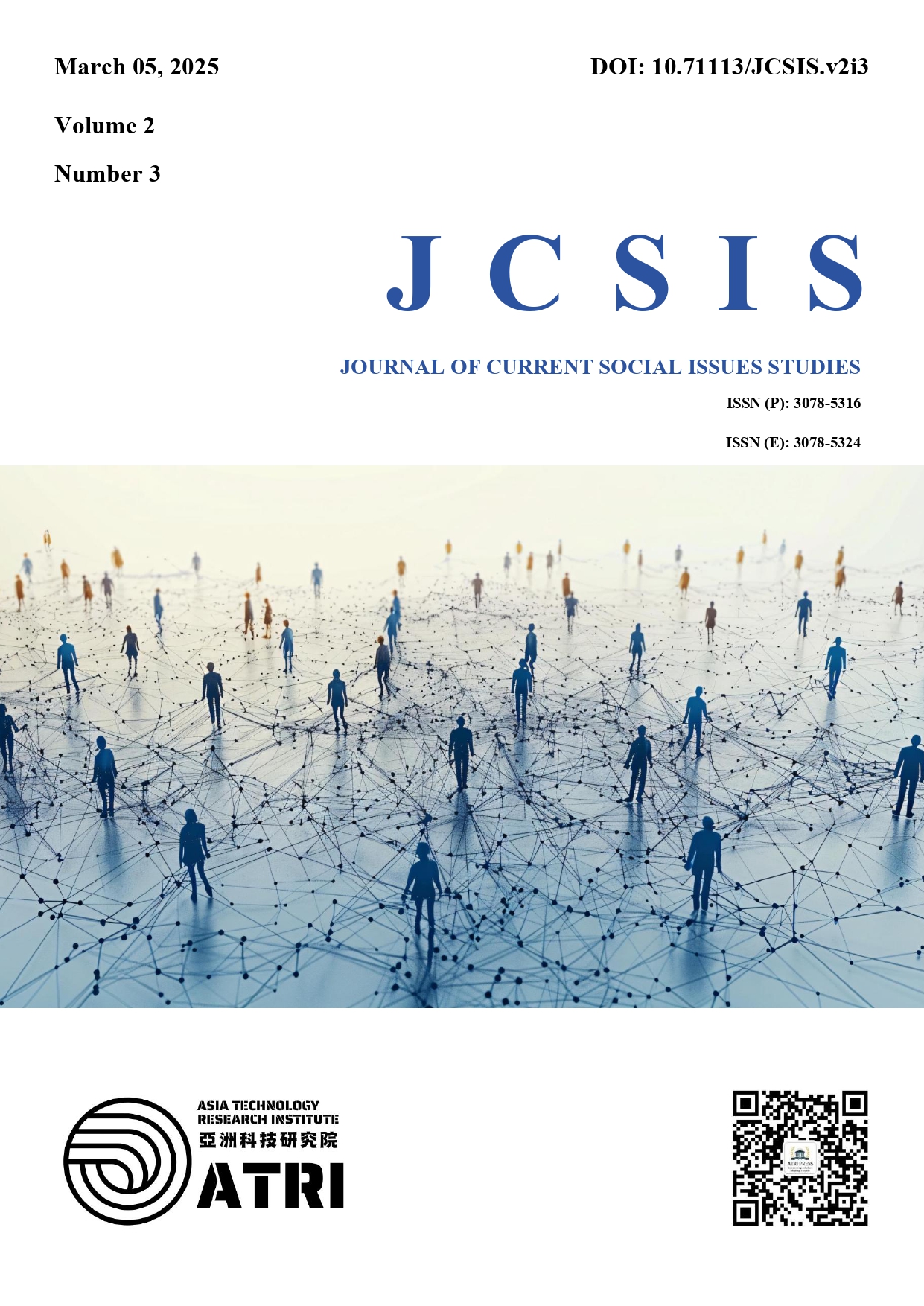Design and Research on Vocabulary Teaching and Learning in International Chinese Education Classrooms Aided by ChatGPT
DOI:
https://doi.org/10.71113/JCSIS.v2i3.194Keywords:
Keywords: ChatGPT; international Chinese language education; vocabulary teachingAbstract
With the rapid development of artificial intelligence technology, ChatGPT, as a generative language model, shows great potential in the field of language teaching. Especially in business Chinese teaching, ChatGPT provides new ideas and methods for vocabulary teaching by virtue of its powerful language generation and comprehension ability. 《New Silk Road: Advanced Business Chinese Comprehensive Tutorial 1》, as a business Chinese textbook for learners with intermediate or higher Chinese proficiency, covers various aspects of business activities. Among them, Unit 5 “Disputes and Arbitration”, as an inevitable part of business activities, involves a large number of specialized vocabularies and expressions. This paper demonstrates the application of ChatGPT in vocabulary teaching in business Chinese classrooms from vocabulary categorization and explanation, derivation and expansion, and practice and application, in order to improve the teaching effect and learning efficiency. At the same time, it analyzes the problems of ChatGPT in vocabulary teaching in business Chinese classroom and puts forward suggestions and prospects to improve the quality of vocabulary teaching in business Chinese classroom.
References
[1]Villi, Liu Liang, Li Yanling. ChatGPT from the perspective of educational technology: an analysis of its application in international Chinese education [J]. China Educational Technology and Equipment, 2024,(22):7-11.
[2] Sun Ruonan. The influence of vocabulary familiarity, language background and part of speech on mental dictionaries of intermediate Chinese learners [D]. Shanghai International Studies University, 2021.
[3] Qi Chenchen. Research on Abstract Nouns for Teaching Chinese as a Foreign Language [D]. Nanjing Normal University, 2022.
[4]Liu Shi. Corpus-based teaching of abstract verbs [D]. Shenyang Normal University, 2022.
[5]Shi Wenwen. Teaching Design of Business Chinese Comprehensive Course Based on 5C Standard [D]. Guangdong University of Foreign Studies, 2023.
[6]Liu Rongyan. Vocabulary teaching of Chinese as a foreign language with the aid of visual tools-taking mind map as an example [C]// Institute of Modernization of Chinese Teaching. Digital International Chinese Education (2022). International College of Macau University of Science and Technology; ,2022:10.
[7]Wang Wei. The influence and thinking of ChatGPT-like artificial intelligence on international Chinese education from the perspective of educational digitalization [J]. Chinese Character Culture, 2024,(07):79-81.
[8]Yuan Xi, Wu Yinghui. Opportunities, risks and countermeasures brought by ChatGPT Plus to international Chinese education [J]. Journal of Yunnan Normal University (Teaching and Research Edition of Chinese as a Foreign Language), 2023,21(03):53-62.
Downloads
Published
How to Cite
Issue
Section
License
Copyright (c) 2025 Lingling Dong, Xianlang Zheng

This work is licensed under a Creative Commons Attribution 4.0 International License.























